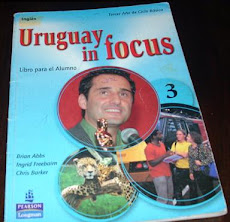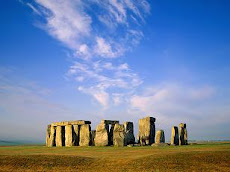
A)
This is an elliptical amphitheatre in the centre of the city of
Although in the 21st century it stays partially ruined because of damage caused by devastating earthquakes and stone-robbers, the Colosseum is aniconic symbol of Imperial Rome. It is one of
The Mountain is a pre-Columbian Inca site located 2,430 metres above sea level. It is situated on a mountain ridge above the
The Incas started building the estate around AD 1400 but it was abandoned as an official site for the Inca rulers a century later at the time of theSpanish conquest of the Inca Empire. Although known locally, it was unknown to the outside world before being brought to international attention in 1911 by the American historian Hiram Bingham. Since then,
************************************************************
C)
Is a large pre-Columbian archaeological site built by the Maya civilization located in the northern center of the
It is as a major focal point in the northern Maya lowlands from the Late Classic through the Terminal Classic and into the early portion of the Early Postclassic period. The site exhibits a multitude of architectural styles, from what is called “Mexicanized” and reminiscent of styles seen in central
They are federal property, and the site’s stewardship is maintained by
This is a mausoleum located in
It is the finest example of Mughal architecture, a style that combines elements from Persian, Islamic and Indian architectural styles.
E)
Is a historic and archaeological city in the Jordanian governorate of Ma'an that has rock cut architecture and a water conduits system. Established sometime around the 6th century BC as the capital city of the Nabataeans, it is a symbol of
The site remained unknown to the Western world until 1812, when it was introduced by Swiss explorer Johann Ludwig Burckhardt. It was described as "a rose-red city half as old as time".
UNESCO has described it as "one of the most precious cultural properties of man's cultural heritage." It was chosen by the BBC as one of "the 40 places you have to see before you die".
Is a statue considered the largest Art Decostatue in the world. The statue is 39.6 metres tall, including its 9.5 meter pedestal, and 30 metres wide. It weighs 635 tons, and is located at the peak of the 700 metres.
***********************************************************
G)
The long wall of 10,000 is a series of stone and earthen fortifications in northern
Group 1 (Picture 7)
Activities
Answer the questions
1) Which civilization did it bild this archeological site?
2) Does it exhibits only once architectural style? Which ones?
3) When was it purchased by the state of
Choose the correct one
1) The Maya civilization located in the a) easther centre of
b) souther
c) northern
2) Today the Mexican styles a) have shown the direct migration.
b) haven’t shown
3) The site is maintained a) by a private owned
b) by INAH
Match the sentences; be careful there is an extra ending.
1) The Yucatán peninsula a) is known as the result of cultural diffusion.
2)
The contemporary interpretation view b) the presence of central Mexican styles
3) The non-Maya styles c) is a result of cultural diffusion
d) is







.jpg)
.jpg)
.jpg)
.jpg)
.jpg)
.jpg)
.jpg)
.jpg)
.jpg)
.jpg)
.jpg)
.jpg)



